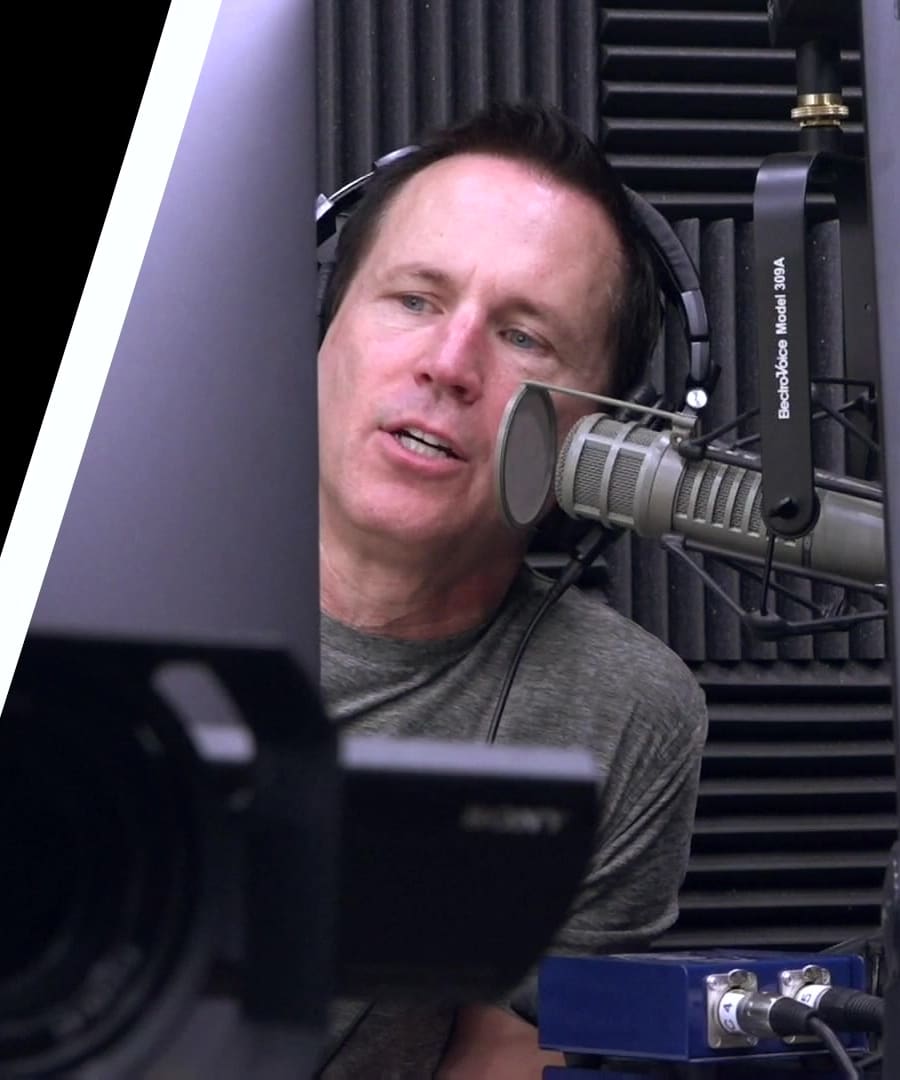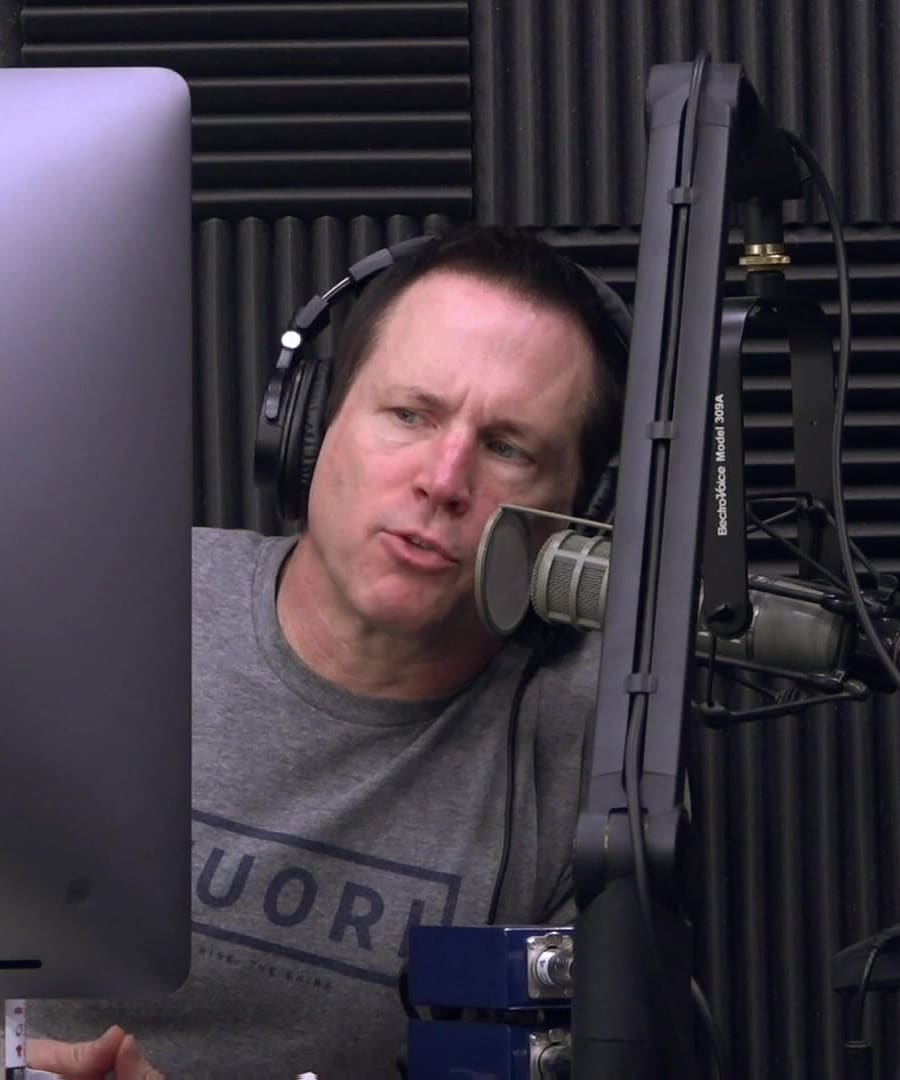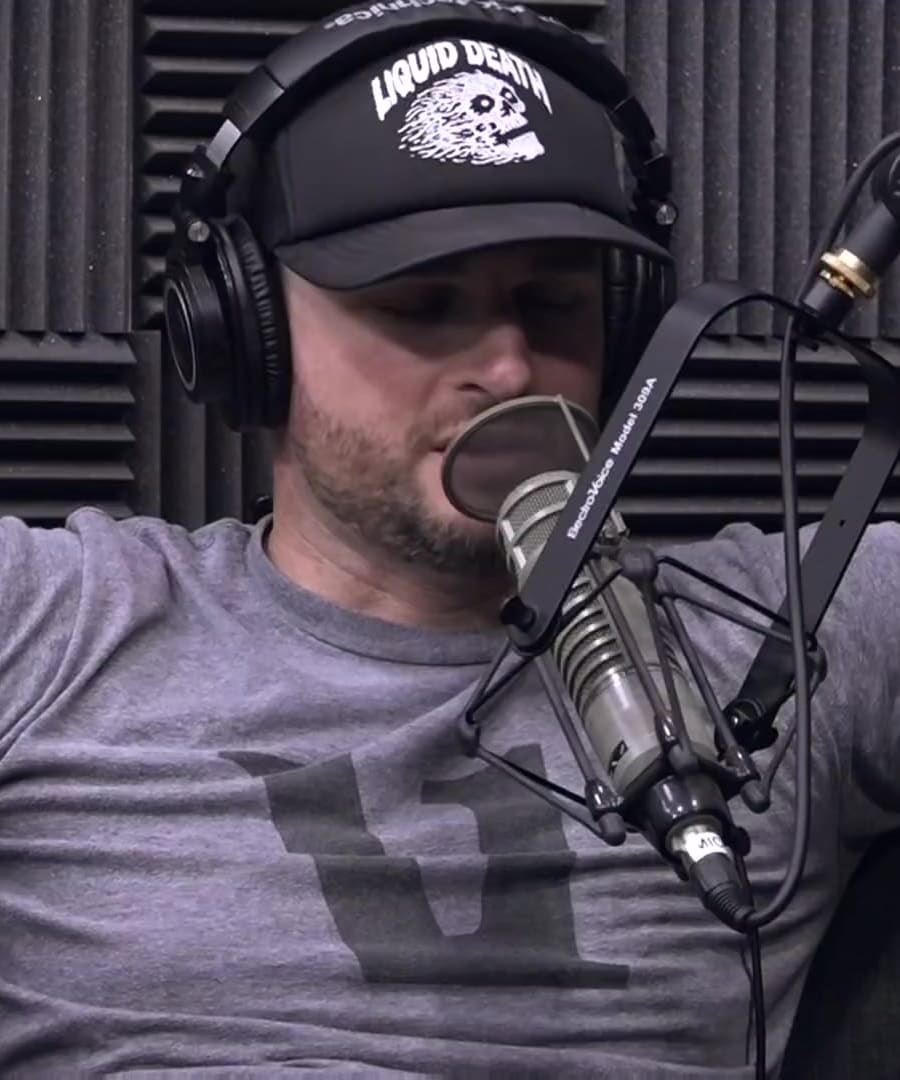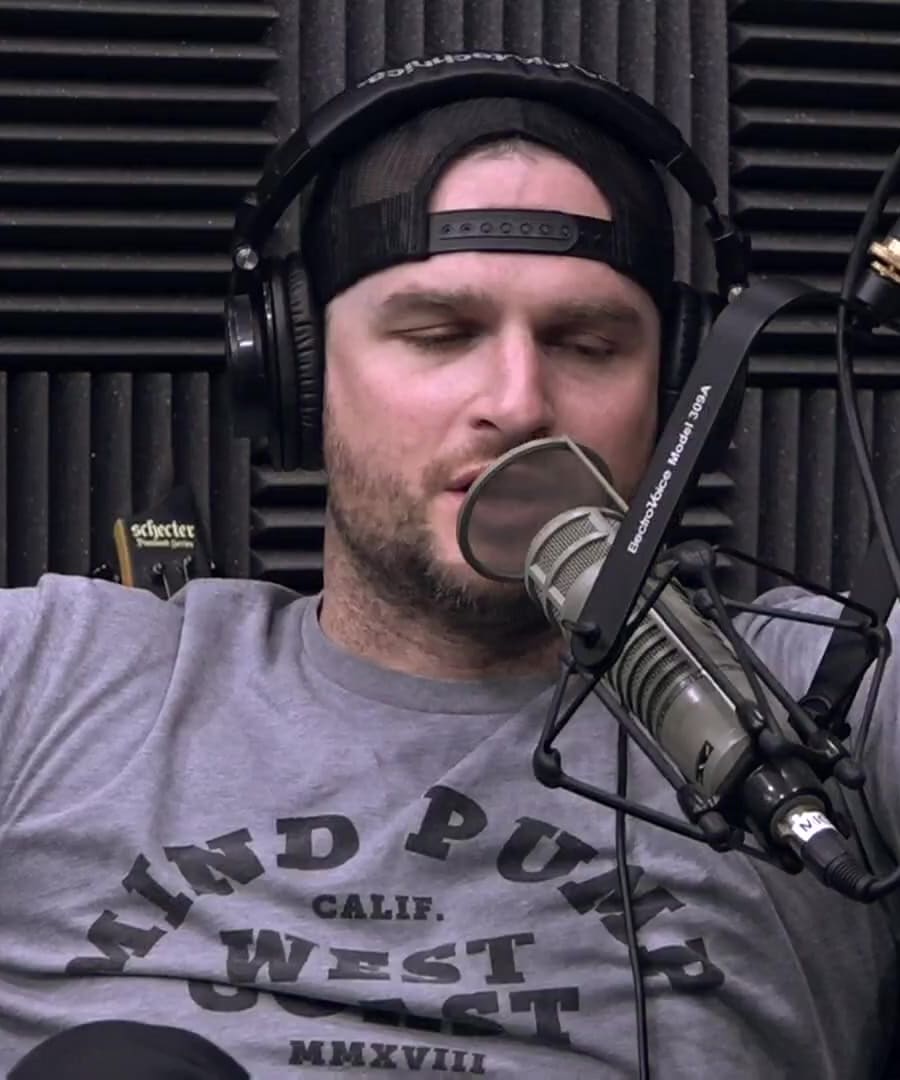Why do i lose balance during a squat
Sources:
Losing balance during a squat can be due to several factors, as explained by the hosts of the Mind Pump Podcast:
-
Muscle Imbalances: Previous injuries can lead to compensations and asymmetrical shifts in your movement. For instance, if one side of your body was injured, you might subconsciously avoid putting weight on that side, leading to an uneven distribution of force during a squat. This results in a hip shift, and over time, it can cause the stronger side to compensate, exacerbating the imbalance 1.
-
Form Issues: Improper form such as knees caving in or heels lifting off the ground can also cause balance issues during a squat. These problems often stem from issues like tight calves or poor ankle mobility which affect your balance and stability 2.
-
Lack of Core and Leg Tension at the Top: If you relax too much at the top of the squat, it can cause a sudden drop in blood pressure, leading to dizziness or lightheadedness, which might feel like losing balance 3.
To improve stability during squats, it's important to address any muscle imbalances, ensure proper squat form, and maintain tension in the core and legs throughout the movement.
RELATED QUESTIONS-
How can I improve my squat form?
Sources:
Improving your squat form involves several key aspects:
-
Range of Motion vs. Weight: and suggest focusing on going deeper into your squat with proper form rather than merely adding more weight. Achieving full depth with good form can provide as much muscle growth as heavy squats, with less risk and better functionality for your joints 1.
-
Incorporating Hip Thrusts: Regarding muscle balance and strength, particularly glute strength, recommends incorporating hip thrust exercises. This can significantly help improve your ability to perform squats by strengthening the muscles necessary for rising from a deep squat 2.
-
Addressing Mobility Issues: For those struggling with ankle mobility or hip issues during squats, recommends mobility exercises like the combat stretch and targeted movements like frog pumpers to enhance your range of motion. This approach can help activate your glutes more effectively during squats 3.
-
Priming the Legs:
- emphasizes the importance of 'priming' the legs before squatting. Priming helps activate and prepare specific muscles for the squat's demands, which can include using exercises to address personal weaknesses and improve overall mobility 4.
-
Perfecting Your Technique: Using lighter weights to focus on the mechanics of your squat is crucial. This approach includes maintaining a proper pelvic tilt and keeping the correct curvature in your spine, gradually adding weight only as your form improves 5.
By applying these strategies, you can significantly enhance your squat technique, leading to better strength gains and reduced injury risk.
RELATED QUESTIONS-
Knees collapsing inward suring a squat
Sources:
To address the issue of knees collapsing inward during a squat, which indicates a potential stability or strength imbalance, here are key strategies from the Mind Pump Podcast:
-
Foot and Ankle Stability:
- highlights the potential role of foot collapse and lack of ankle stability in causing knee collapse. It's crucial to test ankle mobility and maintain an arch in your feet. The connection of the feet to the ground impacts lower body alignment during squats 1.
-
Glute Activation:
- emphasizes glute activation, especially the glute medius, which is responsible for stabilizing the knees. Using bands for exercises like tube walking can help activate these muscles, making them more responsive during squats 2.
-
Improving Hip Stability:
- Focusing on strengthening the hips may also help. You could use exercises like banded squats to push the knees out, promoting more stability 1.
-
Technique Adjustments:
- Think about your foot positioning and engage in priming exercises. Keep your feet grounded and focus on preventing them from turning too much or collapsing inward. Squatting with a mental focus on these aspects can directly help in maintaining better knee positioning 3.
-
Consistent Practice and Injury Prevention:
- Regular practice of these corrective movements and maintaining awareness of knee position during squats is crucial. Over time, these practices will enhance your squat technique, reducing the risk of injury and improving performance 4.
By addressing these elements, you can work towards improving your squat form and preventing your knees from collapsing inward.
RELATED QUESTIONS-











